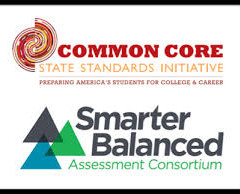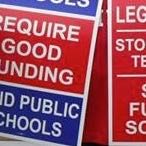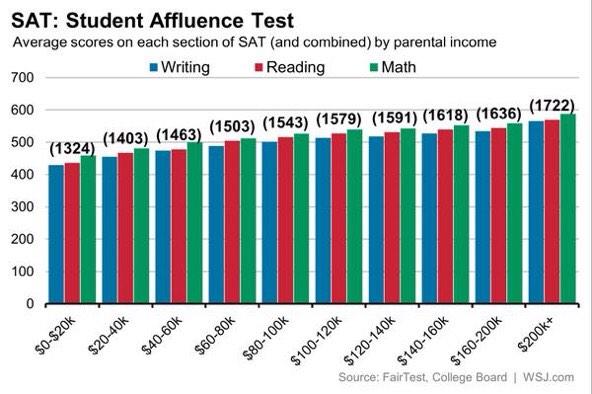Because the topic of testing is one of the most timely and relevant intersections of policy and practice I’m going to take the risk that I am repeating some of the ideas that have appeared here and elsewhere. I’m trying to bring some of these ideas together, and hopefully I’m also adding something new. My frustration lies with our inability to find compromise, or even listen to each other for that matter. But we have to keep trying to talk, and we have to keep trying to listen. There will be some common ground.
I still have clear memories of taking standardized tests when I was in elementary school – for me it was the Iowa Test of Basic Skills or ITBS. It’s still etched in my mind: the new number two pencils, the sharpening, the interminable bubbles to be filled in, and little boxes for each letter in my name. From my first year teaching I have administered newer (and perhaps better) standardized tests to my students. There have been a few different iterations of year-end tests for my fifth grade students over the last ten years. Some years we have fewer test days, some years we have more. Some years we test on paper, some years we use computers. We all know standardized tests well – they have been with us forever it would seem, so what’s the problem? Continue reading

 By Tom
By Tom






